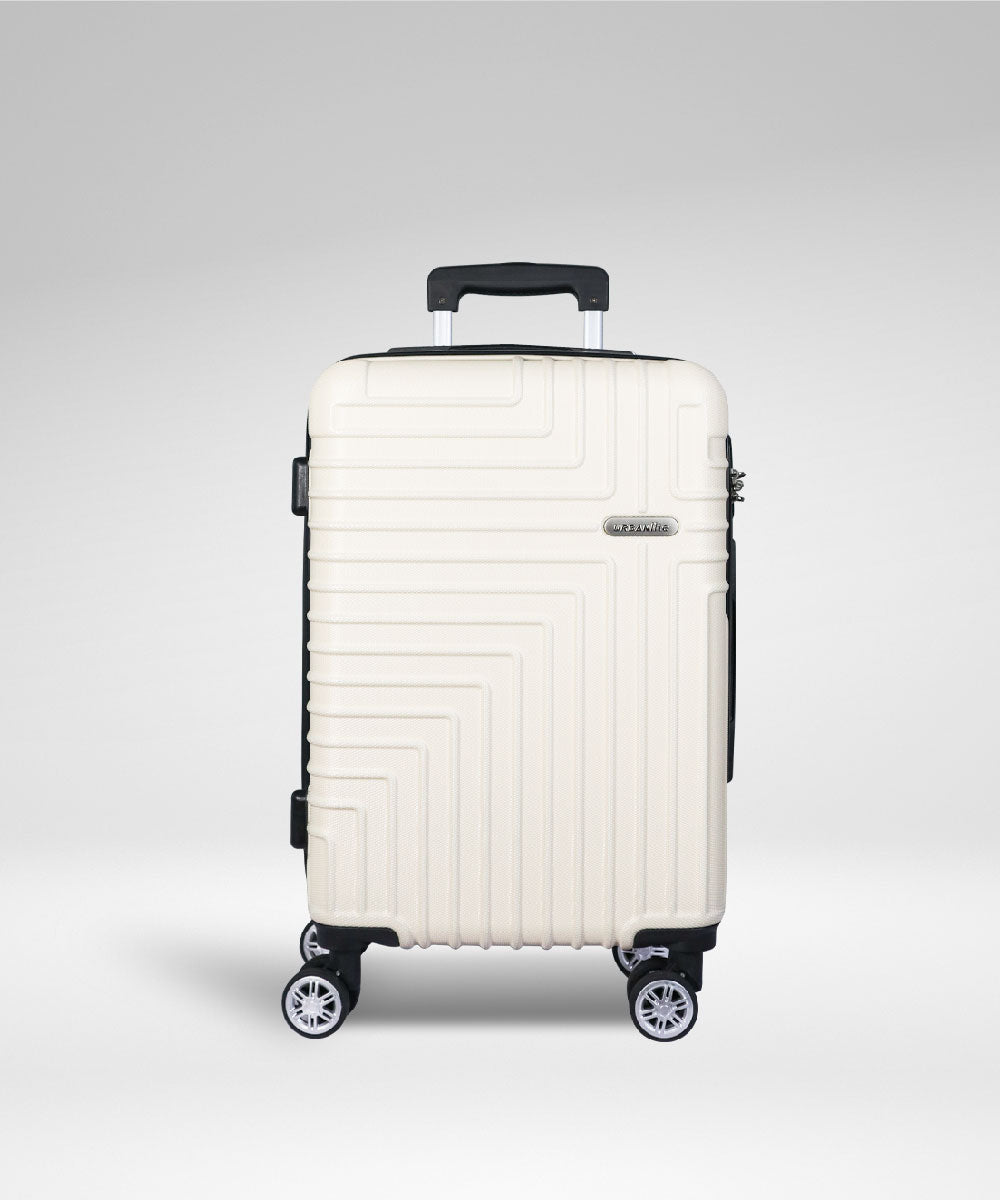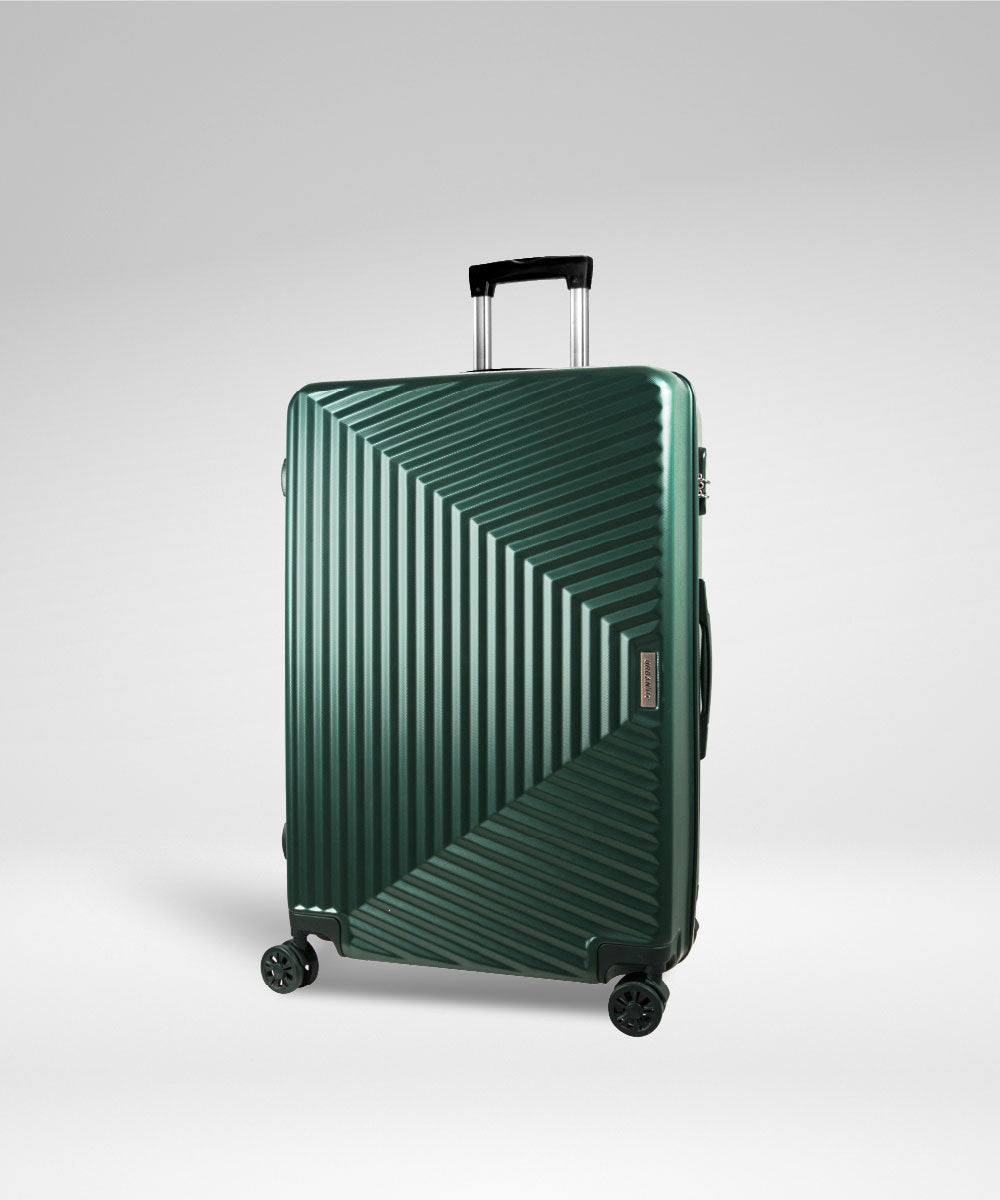HOW TO STORE A JACKET?
To help preserve your Universal Traveller jacket for years to come, it’s important to store it away during non-holiday months. Here’s a step-by-step guide on how to pack your parka for the off-season.
Make sure you store your jacket in the cleanest condition possible. Dirt, sweat and oils will degrade the fabrics over time. Refer to the product care label on your garment for specific wash care instructions. If possible, remove the fur and hang it vertically to allow the hide and hairs free movement. Let the jacket hang freely on a wide hanger. For best results, store it in a dark, moisture-free environment. Use a breathable garment bag for protection from dust and dirt. Avoid compressing your jacket into crammed spaces If storage space is minimal.
HOW TO CLEAN A DOWN JACKET?
Read the care label. This will tell you if there are any special instructions you should follow regarding the care of your jacket, including washing instructions.
Machine-wash Machine-wash your down jacket on a gentle cycle at 30 degrees °C. If it's available, select the ‘extra rinse’ option. Use a down-specific soap or detergent. Skip the spin cycle. It’s better for your jacket to drip dry.
Hand-wash Soak your down jacket for up to 60 minutes in a sink. Again, go for a down-specific detergent. Rinse by lightly squeezing out excess water (don’t wring it!) and follow the drying steps below.
Drying Once the wash is complete, carefully remove your jacket — it'll be heavy — and lay flat to dry on a clothing rack. As you do this, gently fluff up the down. It’ll take around 24–48 hours to drip dry depending on the weather conditions. As it dries, keep giving it the occasional fluff, particularly around any wet clumps of down. When the jacket is almost dry, put it in the tumble drier on a low heat and check it regularly. To maximise the loft of your down jacket, throw in two to three tennis balls. This will really help fluff up your down jacket.
THINGS TO AVOID: Down is a tough performer against the cold, but when wet, needs a little extra attention from you. To ensure you don’t damage your jacket, here’s what you should avoid:
Fabric softener. Stick to a down-specific detergent for the best results.
A dry clean. The solvents they use in the dry cleaning process can damage your jacket.
A top loader with an agitator . It’s a rougher wash, and your jacket deserves a gentle hand.
The spin cycle. Down is heavy when it’s wet, so err on the side of caution to avoid damage.
Wringing. Don’t wring your jacket, no matter how heavy it is. If you must, gently shake any excess water off while supporting the weight of the jacket.
Use or storage of your down jacket while it’s wet. Otherwise you’ll both be wet and smelly.
HOW TO REMOVE EXCESS DIRT AND MUD?
With a clean, dry cloth, wipe away any dirt, debris or loose mud from the jacket. This will make the cleaning process a little easier, because you won’t be dealing with large clumps of mud or dust.
HOW TO REMOVE TOUGH STAINS?
To clean and spot clean a down jacket, use a pure soap or a special down soap that won’t strip the feathers of oil and make them brittle. Pour a small amount of soap on affected areas, such as stains, tough-to-clean grime, and patches of oil or sweat. Let it soak for about 10-15 minutes and wipe away the stains.
Good soaps to use include:
Nikwax Down Wash Granger’s Down Wash ReviveX Down Cleaner
HOW TO TAKE CARE OF WOOL COATS?
Most wool coats should be dry cleaned. For those that can be hand washed, use only cold water and a mild detergent made for wool. Soak the coat in the water for five to ten minutes. Rinse out the detergent with clean cold water. Lay the coat on a thick towel and shape the coat. Let it air-dry.
If you can avoid ironing a wool coat, do so. If you’ve brought the coat out of storage and let it hang for a while yet it still has wrinkles, iron on a cool setting. Place the coat on your ironing board or a flat, clean surface, such as a table. Place a sheet or pillowcase over the women’s or men’s wool coat to protect it from the iron’s surface. Use steam for best results.
Moth balls have an unpleasant smell, which is often difficult to remove from wool coats, and they contain toxic substances. Use these with care (ventilate the item very well before wearing and keep moth balls out of children’s or pets’ reach) or use a safer moth repellent, such as cedar chips.
HOW TO TAKE CARE OF KNITWEAR?
How to wash?
Sometimes you can use a washing machine for merino items (ALWAYS check the label first).
In general, we would recommend you only wash hats, scarves and gloves by this method. This is just in case something goes wrong. The thing to bear in mind at all times is that they are “machine washable”; this basically means you can use the machine but there is always a risk.
Remember to use a gentle cycle or cycle for knits (depends on your machine) because a regular cycle can cause the garment to shrink. Choosing the right temperature will also help, usually 30 degrees. (In some machines, “30 degrees” has a yarn ball symbol right next to it.)
Do not wash too often
Too often washing the knitwear apparently can make the material quickly damaged. The texture will change and made the appearance look no longer beautiful. As much as possible do not make it dirty, so you will not wash it too often.
Do not draw loose knitting threads
If there is a knit yarn that loose, avoid pulling it. You should cut it with a scissor and re-attach the thread with the help of knitting needles
How to remove stains?
A little clothes brush should be all you need to get rid of any surface dust or stains. For small stains, a little cold water there and then should work, and for anything stubborn, a little surgical spirit with cold water (about 3:1 ratio), will make a friendly solvent that you can dab on with a bit of cloth or kitchen towel.
HOW TO WASH A FLEECEWEAR?
Wash your fleece jacket after 5-6 wears.
You can wear your fleece several times without washing it, as the fabric is durable and tough against stains. If you over-wash your fleece, the fabric may start to pill. In addition, clean your jacket whenever it is noticeably dirty.
Use the washing machine if you want a fast and easy method.
You can easily wash your fleece jacket in your washing machine. If you do this, be sure to wash your jacket with similar colors. If possible, wash it with other fleece clothing. Avoid washing your jacket with other items that may cause lint, such as towels and washcloths.
Wash your fleece jacket by hand to avoid any fabric pilling.
Do this if your tag recommends it or if you want to avoid any pilling on your jacket. Some particular fleece jackets require hand-washing because of their fabric of any dyes used. While washing your fleece by hand takes a bit more work, it is still easy to do. While using a cold water setting with a washing machine often avoids pilling, the machine can cause the fabric to pill over time.
Hang the jacket on a hanger and let it air dry.
After your clothes are washed, open up your washing machine and pull out your fleece jacket. Place the jacket on a hanger and zip it up. Leave the jacket in a dry place for 1-2 hours so it can air dry. Avoid using the dryer when washing your fleece jacket. Even a light heat cycle can cause your fleece to pill, and the heat can damage your jacket. If you washed other clothing with your fleece, you can put them in the dryer.
HOW DO I CLEAN MY BOOTS?
Clean your shoes with warm water, a towel and brush. Allow your shoes to fully dry. Make sure the shoes are not too close to fire or heaters.
HOW TO TAKE CARE OF LUGGAGE?
How do you clean luggage made from ABS, polypropylene, polycarbonate or aluminium?
Apply a solution of warm water and mild soap to the shell with a soft sponge or soft washcloth Wash the entire shell and not just the dirty areas (otherwise you may get darker patches) Finish off by wiping the surface with a damp sponge to get rid of soap residue, followed by a dry cloth to avoid water stains
How do you clean luggage made of Leather?
If you would buy luggage bags made of leather, it is best to buy those that are made from high-quality leather material. This is because low-quality leathers used in luggage bags will manifest easy wear. Thus, exposing them to water and moisture will definitely expedite its wear and tear. Never use solutions that are usually treated on nylon-based or polyester-based materials. Even if these solutions initiate resistance on water, stain, and dirt, it may create some chemical reactions on the leather and will only destroy its natural look.
How do you clean luggage made of Ballistic Nylon (Soft Case)?
If you were able to buy a luggage bag made of ballistic nylon, you can be sure that stains, dirt, and water will be kept away from wearing your bag. Hence, cleaning your luggage bag with water would be safe and easy. Try to use gentle soap or those that do not have very harsh chemicals. This will ensure that the chemicals that were usually found on soaps will not create a destructive reaction.
Never drench the luggage bag
Keep in mind not to soak the material. It is also best to clean the whole section and not just the dirty part. Then, after cleaning the whole material, it is best to use some solutions that will bring back its resistance against stain, dirt, and water.
Hardware
This refers to the solid accessories that go with the bags. For instance, one type of hardware are the edges. These are used to protect the surface and the frames of the luggage bags. The other types of hardware are the straps, handles, zippers, and the locks. In caring for the hardware, it is best to remember that using oil on hinges, handles, or locks will only cause more harm than good. This is because the presence of oil on these kinds of hardware will only initiate leaks that will lead to the clothes or the inside layer of the bag.
Use solutions that will restore water-resistant attributes
After cleaning luggage bags made of polyester or nylon, it is best to use some chemical solutions that will bring back the resistance property of luggage bags against water, stains, and dirt.
Always use mild soaps
Using soaps that contain very harsh chemicals could only destroy the natural brilliance and beauty of the luggage bag. Hence, detergents and other strong cleaning materials are definitely big no-no’s. It is best to use soaps that are proven to be mild or gentle and without any harmful chemicals. The bottom line is that caring for your luggage bags will definitely ensure you have a hard wearing storage space for your stuff when travelling. That would make you and your luggage bags travel together for a thousand steps.










































